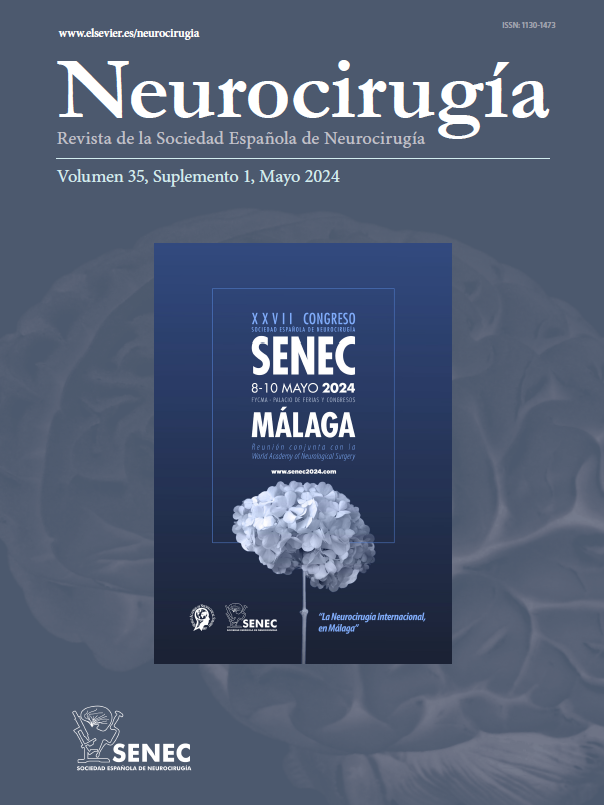OC-043 - PAEDIATRIC HYDROCEPHALUS: SHUNT SURGERY OUTCOME AFTER CHANGING OUR POLICY. IS THERE ANY IMPROVEMENT COMPARED TO HISTORICAL SERIES?
1Hospital Regional Universitario de Málaga, Málaga, Spain; 2Universidad de Málaga, Málaga, Spain.
Introduction: Surgical outcome of the shunt is still a matter of concern for paediatric neurosurgeons, in order to prevent associated morbidity and mortality. In 2015, we changed our shunt surgery policy after reviewing the patients treated between 2000 and 2014. We hoped to improve our shunt survival rates and to decrease complications. The aims of this study were to evaluate the surgical outcome of the patients shunted after the new protocol and to describe the differences with the historical series (HS).
Methods: We undertook a prospective study between 2015 and 2022. Patients treated at any time at another center, shunted due to other disease or followed less than 1 year were excluded. Different shunt survival curves were studied with Kaplan-Meier. Complications related to each shunt failure were examined and compared with our HS.
Results: A total of 250 procedures were performed in 107 patients. Median age at diagnosis was 6 months (14.6 months in HS) and median number of shunt revision surgeries were 2 in both groups, but with current shorter follow-up (56 vs. 93 months). Shunt infections happened in around 7% of the procedures (both cohorts) and in 10 vs. 15% of patients (current vs. historical). Means and medians for survival time of consecutive shunts were shorter in our current series. Regarding shunt failure causes, symptomatic overdrainage fell from 32% to 15.58%, but scheduled preventive surgery was needed in 19.58% patients. The rate of failure related to mechanical problems of the valve significantly increased (1.5 vs. 14.68%).
Conclusions: We were not able to improve shunt survival rates with a new shunt implanting protocol after 4.6 years follow-up. Symptomatic overdrainage needing shunt revision surgery significantly decreased, but valve mechanical problems related to new technologies increased. Some adjustments to our protocol and longer follow-up could improve these results.







